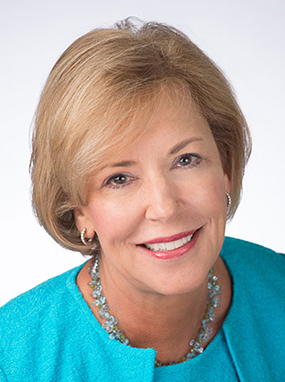When Learning Forward released the updated Standards for Professional Learning five years ago, we frequently heard this question: Where did the Equity standard go?
The version of the standards published in 2001 included an Equity standard, which stated:
“Staff development that improves the learning of all students prepares educators to understand and appreciate all students; create safe, orderly, and supportive learning environments; and hold high expectations for their academic achievement” (NSDC, 2001).
We believed then, and we believe now, that it is essential that all educators experience professional learning to develop the knowledge, skills, and beliefs to teach and support every child they serve.
We also know that specific equity topics are often ones educators name in surveys about their professional learning. We appreciate that when educators focus on developing more knowledge, skills, and practices around specific instructional challenges, they will look at the data that indicate whether all of their students are responding or whether some — for example, the boys, or the English learners, or the students labeled as gifted — aren’t responding as other demographic groups are.
Why then, would we remove a standard that calls out equity as a critical professional learning element?
We made this choice because we believe addressing equity is not something that can be separate from any other element of professional learning. It is integrated into any effective approach to any of Learning Forward’s standards. We believe the same is true for subject matter. If professional learning isn’t focused on who our students are and how and what they need to learn, it is missing its mark.
The Outcomes standard is the place where we most fully and explicitly address equity in the current standards. The Outcomes standard states:
“Professional learning that increases educator effectiveness and results for all students aligns its outcomes with educator performance and student curriculum standards” (Learning Forward, 2011).
The rationale for the standard notes that educator and student standards typically address the need for educators to understand, for example, how to engage students from diverse cultures or respond to the diverse needs of communities. This standard is where we make the most explicit link between student learning and educator learning, and, in continually emphasizing that link, the many specific aspects of reaching any given student are critical.
The Outcomes standard isn’t the only place our standards stress the importance of equity. While I could examine the equity embedded in all of Learning Forward’s standards, I’ll highlight just two more.
The Data standard outlines how the analysis of data clarifies who needs to learn what and in service to which students. Data show where achievement gaps lie among students as well as among educators, who have their own individual needs for specialized attention. The Resources standard also offers an opportunity to address equity when educators allocate professional learning money, people, time, and resources where they are most needed.
Finally, the stem for each standard — as you can see from the two examples above — includes the phrase “results for all students.” We don’t take that phrase lightly. It demonstrates our belief that professional learning isn’t effective unless increasing “results for all students” is the goal as well as the outcome.
I’d love to hear your perspectives on this. Does the lack of an Equity standard undermine the intent of the standards? How do the current standards support you in creating equitable learning environments?
References
Learning Forward. (2011). Standards for Professional Learning. Oxford, OH: Author.
National Staff Development Council. (2001). NSDC’s Standards for Staff Development. Oxford, OH: Author.
This post originally appeared in Learning Forward’s PD Watch.



![Poil blog v1[1]](https://learningforward.org/wp-content/uploads/bb-plugin/cache/poil-blog-v11-custom_crop.jpg)




